Pediatric Rigid Bronchoscopy Guide & Tips
Dec 21, 2023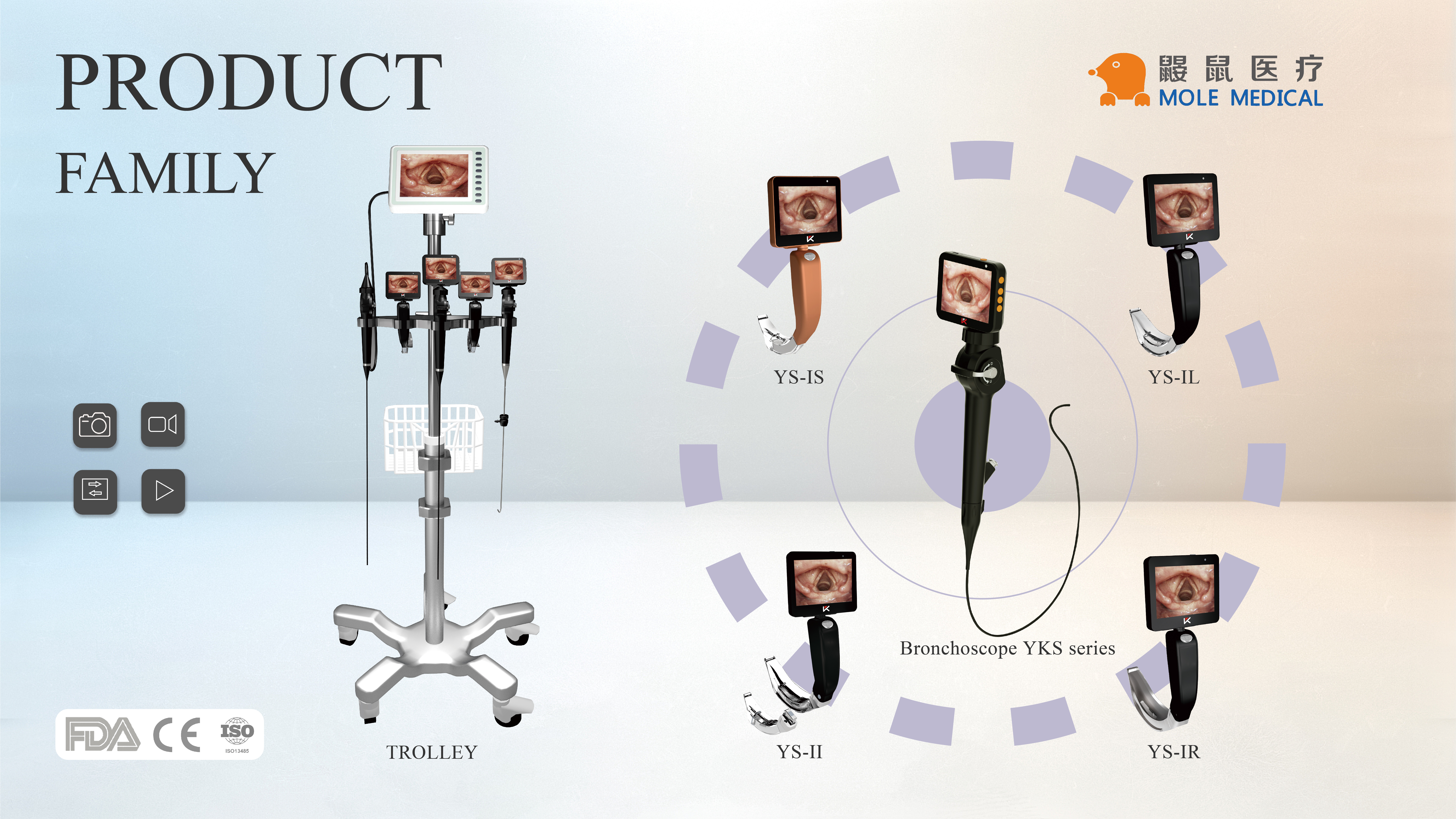
When it comes to children’s respiratory health, certain procedures may need to be performed to ensure proper functioning of the airways. One such procedure is a pediatric rigid bronchoscopy. This technique involves the insertion of a rigid scope into a child’s airways, allowing for examination, diagnosis, and potential treatment. While it may seem intimidating, understanding the procedure, risks, and recovery process can help prepare parents and caregivers for what to expect.
Key Takeaways:
- Pediatric rigid bronchoscopy is a procedure used to diagnose and treat airway issues in children.
- It involves inserting a rigid scope into the airways to examine, diagnose, and potentially treat any issues.
- Prior to the procedure, children may need to fast and receive certain medications as directed by their healthcare provider.
- The procedure itself can cause discomfort and potential risks, so it’s important to understand what to expect.
- Following the procedure, caregivers can support their child’s recovery with proper post-procedure care and monitoring for any potential complications.
Understanding Pediatric Rigid Bronchoscopy
Pediatric rigid bronchoscopy is a diagnostic and therapeutic procedure used to examine and treat the airways of children. It involves the use of a rigid bronchoscope, which is a long hollow tube with a light and a lens at the end. The procedure is performed under general anesthesia.
The purpose of the procedure is to examine the airways of the child and determine if there are any abnormalities such as foreign bodies, tumors, or other obstructions. It can also be used to treat conditions such as tracheal stenosis or laryngomalacia.
During the procedure, the child is placed under general anesthesia and a breathing tube is inserted. The bronchoscope is then passed through the mouth or nose and into the airways. The medical team uses the scope to visualize the airways and perform any necessary procedures such as removing foreign bodies or taking tissue samples for biopsy.
Pediatric airway examination is an important aspect of the procedure, as it allows for the accurate diagnosis and treatment of respiratory conditions in children. Parents should expect their child to be closely monitored both during and after the procedure to ensure proper recovery.
Risks and Complications of Pediatric Rigid Bronchoscopy
Like any medical procedure, pediatric rigid bronchoscopy comes with risks and potential complications. While rare, it’s important for parents and caregivers to be aware of what these potential issues may be.
One common side effect of pediatric bronchoscopy is a sore throat, which may last for a few days following the procedure. Other possible discomforts include coughing, hoarseness, and minor bleeding. These discomforts are usually temporary and often resolve within a few days with appropriate care.
Rare complications of pediatric rigid bronchoscopy include bleeding, perforation of the airway or lung, and infection. While the likelihood of these complications occurring is low, it’s essential to understand the possible risks and to talk with your child’s healthcare provider to ensure the best possible outcomes and care.
Following your child’s pediatric bronchoscopy procedure, carefully monitor their breathing and overall health, and report any new or worsening symptoms to their medical team. With proper preparation and care, complications from pediatric rigid bronchoscopy can be minimized, and the procedure can be a safe and effective way to support your child’s respiratory health.
Preparing Your Child for Pediatric Rigid Bronchoscopy
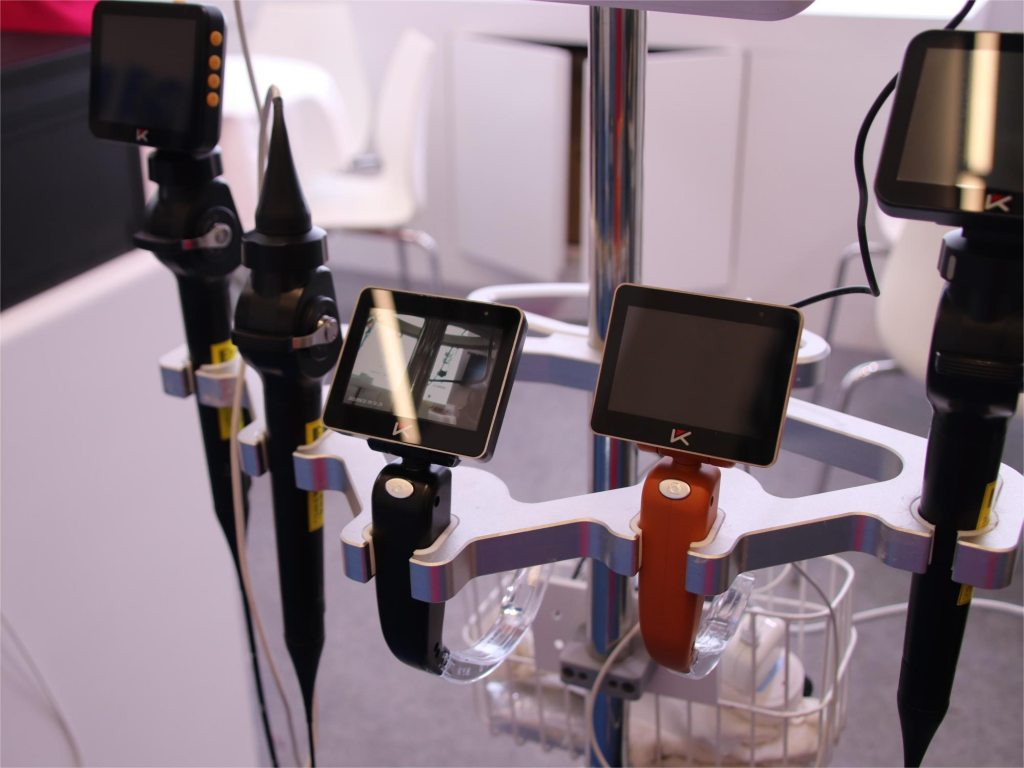
Fasting Instructions
It is important to follow the fasting instructions provided by your child’s healthcare provider to minimize the risk of complications during the procedure. In general, children should not eat or drink anything for at least six hours before the bronchoscopy.
Medication Guidance
Your child’s healthcare provider may provide specific instructions on any medications that your child is currently taking. In some cases, certain medications may need to be adjusted or stopped prior to the procedure.
Addressing Anxieties and Fears
It is common for children to experience anxiety or fear before a medical procedure. As a parent or caregiver, there are steps you can take to help ease your child’s worries. This may include explaining the procedure in an age-appropriate manner, distracting your child with games or activities, and reassuring them that they will be okay.
Pediatric Bronchoscopy Recovery Tips
After the procedure, your child may experience some discomfort or soreness in their throat. It is important to encourage them to rest and drink plenty of fluids to help speed up the recovery process. Your child’s healthcare provider may also provide specific instructions on any medications or pain relief measures that can be used to manage any discomfort.
What to Expect During Pediatric Rigid Bronchoscopy
Parents and caregivers often wonder what to expect during their child’s pediatric rigid bronchoscopy. The procedure typically takes about 30 to 60 minutes. Your child will receive general anesthesia to ensure they remain completely still and comfortable during the procedure.
During the bronchoscopy, a thin, rigid tube with a light and camera on the end will be inserted through your child’s mouth and into their airway. This allows the medical team to examine the airway and lungs, take samples for testing, or remove any foreign objects or excess mucus.
Potential risks during the procedure include bleeding, temporary changes in vocal cord function, and complications related to anesthesia. However, the medical team will take all necessary precautions to minimize any potential risks.
The medical team will monitor your child closely throughout the procedure and be available to answer any questions or concerns. After the bronchoscopy, your child will be observed in a recovery area until they are fully awake and able to eat and drink. Your child may experience some mild discomfort, sore throat, or a hoarse voice after the procedure, but this typically resolves within a few days.
It’s essential to follow all post-procedure instructions provided by your child’s healthcare provider to support their recovery and prevent complications. If you notice any concerning symptoms, such as difficulty breathing, chest pain, or a fever, contact your healthcare provider immediately.
Supporting Your Child’s Recovery After Pediatric Rigid Bronchoscopy
After a pediatric rigid bronchoscopy procedure, it is important for caregivers to support their child’s recovery. Recovery time may vary depending on the child’s age and individual health conditions. Here are some tips to ease your child’s discomfort and promote a speedy recovery, while monitoring for potential complications or risks.
Post-Procedure Care Instructions
It is crucial to follow the post-procedure instructions provided by your child’s healthcare provider. These instructions may include guidance on when your child can eat or drink after the procedure, any medications they need to take, and when the child can resume their regular activities. These instructions will help promote a quicker recovery and minimize the risk of complications.
Managing Discomfort or Pain
It is common for children to experience some discomfort or pain after a pediatric rigid bronchoscopy procedure. To help manage these symptoms, your healthcare provider may advise you to give your child pain medication or to use a cool mist humidifier in their room at night to ease any throat irritation. Ensure your child gets plenty of rest and stays hydrated throughout the recovery process.
Watch for Potential Complications or Risks
Although it is rare, complications can still occur after a pediatric rigid bronchoscopy. Be sure to follow-up with your healthcare provider if your child experiences any unusual symptoms, such as high fever, difficulty breathing, or excessive bleeding. It is also important to take note of any signs of infection or inflammation. Early detection and treatment of these complications can help prevent more serious health issues.
By following these tips and staying in communication with your healthcare provider, you can help your child recover smoothly after a pediatric rigid bronchoscopy procedure. Remember to always consult your healthcare provider with any concerns or questions you may have about your child’s recovery process.
Conclusion
In conclusion, this comprehensive guide provides essential information and tips for parents and caregivers about pediatric rigid bronchoscopy. By understanding the procedure, potential risks, and the recovery process, families can be better prepared to support their child’s respiratory health. It’s important to consult with a healthcare provider for personalized advice and guidance based on their child’s medical history and situation. Remember, the medical team is there to support and assist your child through this procedure. By following the guidelines and tips provided, parents and caregivers can help ensure a successful and smoother experience for their child.
Categories
Latest Articles
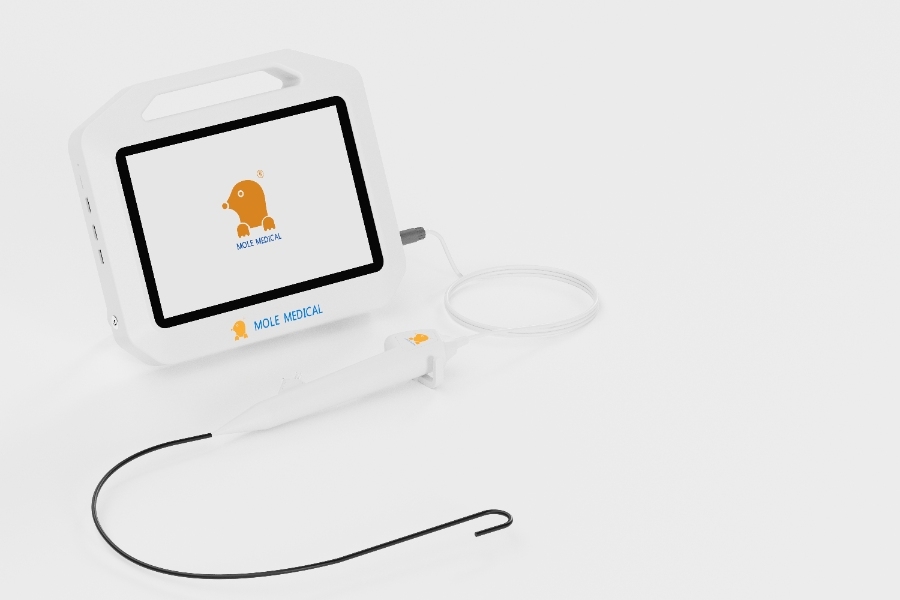
Flexible Digital Disposable Ureteroscopes for Cost-Effective Solutions
How is Technology Changing Urological Procedures? Medical tools are improving fast. Ureteroscopy is now more precise and safer. New devices help doctors see inside the urinary tract clearly. Better imaging and flexible designs make procedures easier. Patients experience less pain and faster recovery. Hospitals need tools that improve accuracy and reduce risks. Why Choose a ... Read more
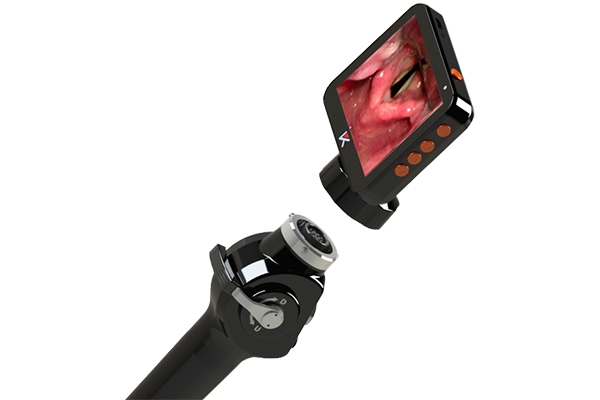
Affordable Bronchoscope: Price, Features, and What to Expect
The Role of Bronchoscopes in Modern Medicine A bronchoscope is an important medical tool. Doctors use it to look inside the lungs and airways. It helps diagnose infections, tumors, and other lung problems. It is also used to remove blockages and take tissue samples. Hospitals and clinics rely on bronchoscopes for many procedures. A clear ... Read more
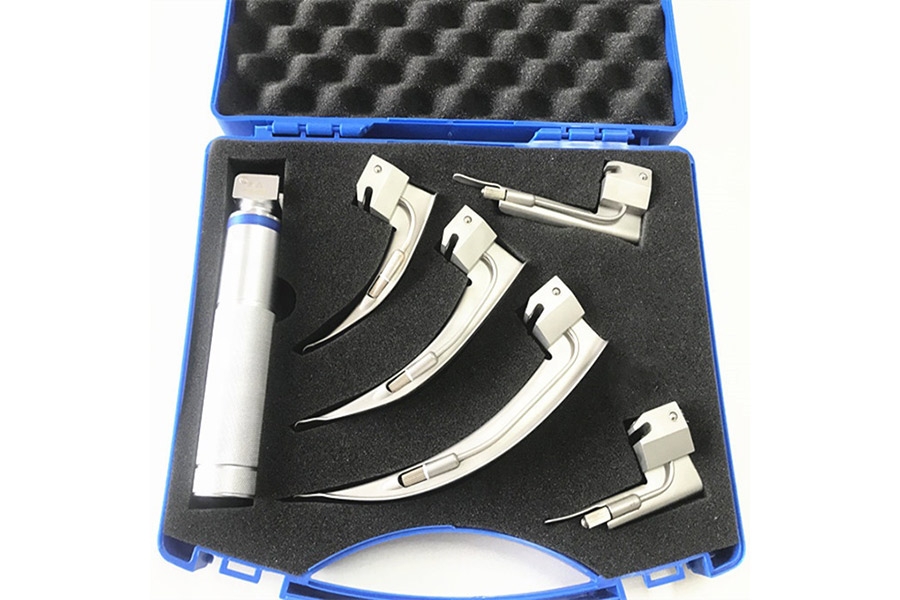
Laryngoscope mole Fiber optic: A Clearer View, A Safer Airway
The Laryngoscope mole Fiber optic is a tool for airway management. It helps doctors see inside the throat. It has a fiber optic system that gives a bright and clear view. Doctors use it to guide breathing tubes into the airway. It makes intubation easier and safer. This laryngoscope works with different blades. The Miller blade ... Read more
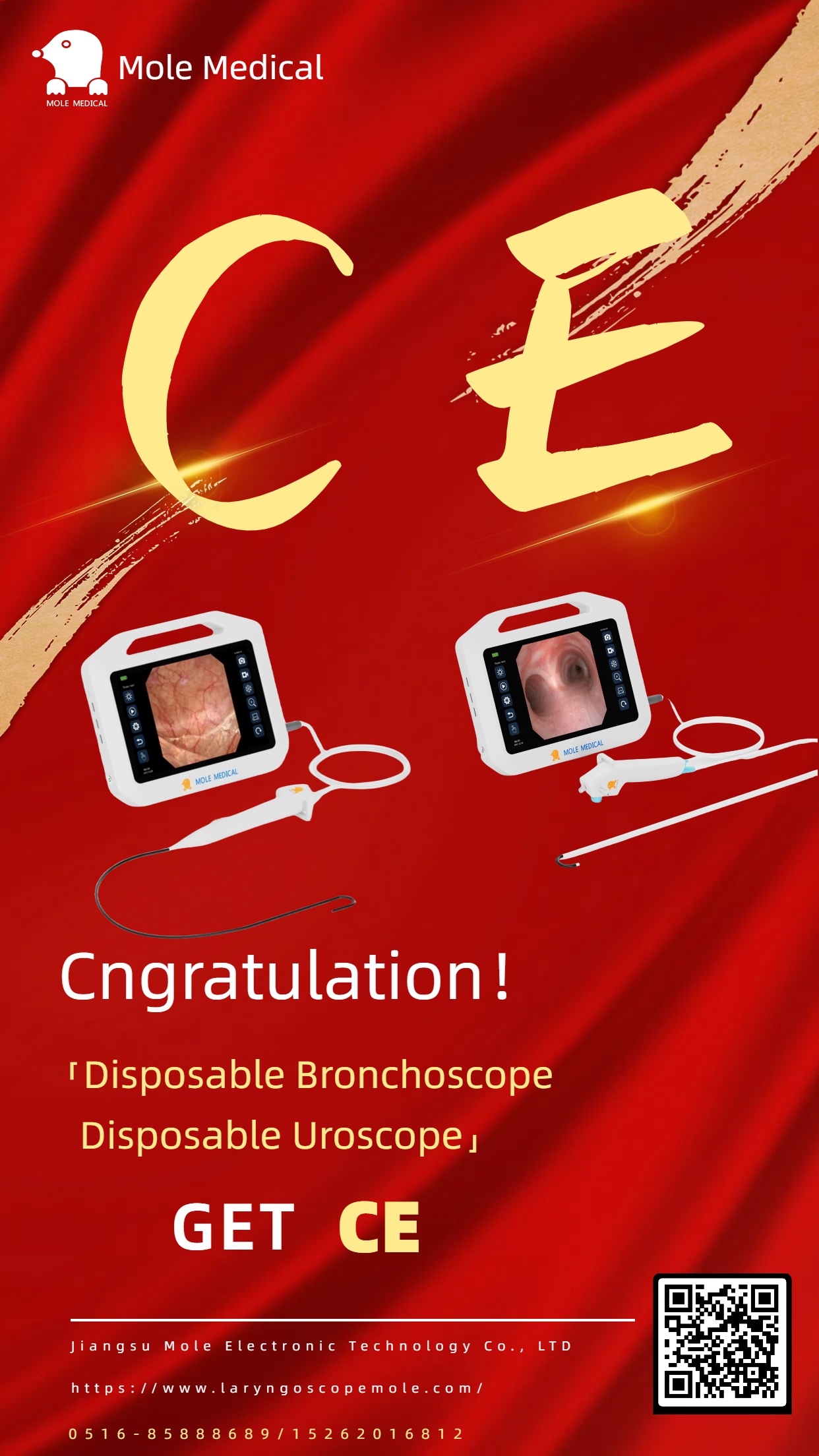
CE Get√ Disposable bronchoscope and Disposable uroscope!
CE Get√disposable bronchoscope and disposable uroscope!Factory direct sales. Welcome to inquire. OEM is available.

Mole Medical invites you to meet at Expomed Eurasia 2025
Mole Medical invites you to meet at Expomed Eurasia 2025 Mole Medical sizi Expomed Eurasia 2025'te buluşmaya davet ediyor



